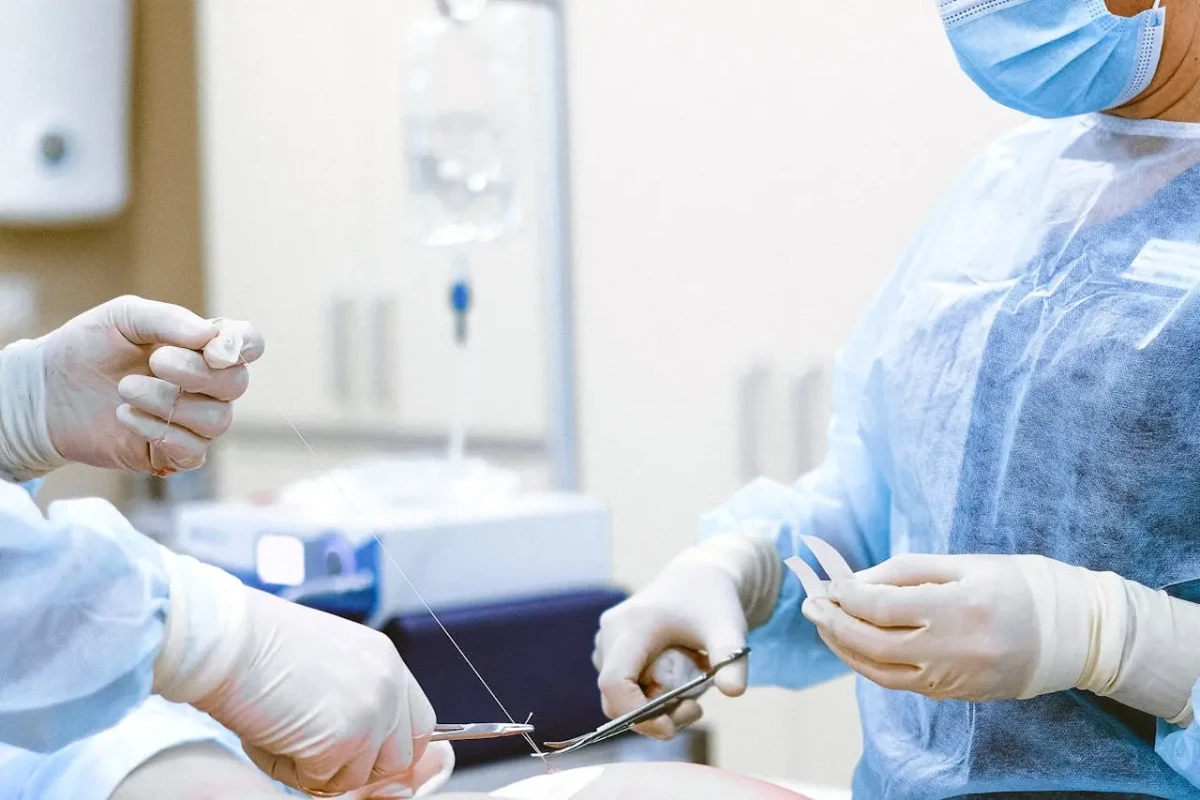Before any operation starts, doctors need to make the right diagnosis. Surgeons depend on high-tech imaging tools to examine internal body parts and map out their strategy.
Machines like MRIs, CT scanners, and handheld ultrasound devices show clear pictures of organs, tissues, and blood vessels. This tech helps find problems, guide where to cut, and lower the chance of things going wrong.
Surgical Instruments and Devices
Every surgeon needs a good set of tools made for their area of work. These include scalpels, forceps, retractors, scissors, and clamps—each made to cut, hold, or take apart tissue. Top-notch stainless-steel tools are still the go-to, but many new tools now have designs that fit the hand better and smart features to work better.
Tools that use power, like drills, saws, and devices that burn tissue, are key too. These tools help make surgeries faster and more exact, and they’re useful for bone and spine surgeries. How well-made and long-lasting these tools are helps patients get better results. To keep these tools working well all the time, you need to take care of them and check them often.
Robotic and Minimally Invasive Systems
Robot-assisted surgery plays a key role in today’s surgical practices. These systems give surgeons better control clearer views and cause less harm to patients. Doctors work through tiny cuts using robot arms they control from a station. Tools that go inside the body with little damage, like scopes for looking into the belly or other parts, matter just as much. They let doctors do hard operations without hurting nearby body parts much. This leads to shorter hospital times, less pain after surgery, and fewer infections. Hospitals that buy these systems often find patients are happier and costs go down over time.
Hemostatic and Tissue Management Solutions
Controlling bleeding and keeping tissue intact are key during operations. Doctors use many blood-stopping agents, sealants, and glues to ensure safe and quick procedures. These products help cut down blood loss, stop leaks, and speed up healing.
Baxter Advanced Surgery is a top provider of equipment, offering a wide range of solutions to support surgical excellence. Their products are used in many specialties to boost safety, lower complications, and speed up recovery. Using these technologies in daily practice gives surgeons the power to provide the best care.
Monitoring and Anesthesia Equipment
Keeping an eye on patients is essential before, during, and after operations. Doctors rely on tools that check heart rate, blood pressure, oxygen levels, and breathing. These devices give instant updates allowing quick changes and actions. Machines for anesthesia and how they deliver it are just as important. They make sure patients stay asleep and don’t feel pain during the whole procedure. New anesthesia workstations now have built-in monitoring, which makes drug monitoring more accurate and cuts down on mistakes. Extra systems and alarms make things even safer for risky cases.
Conclusion
Surgeons need a wide range of tools to do their job well. These include devices for diagnosis, instruments for surgery robotic systems, and ways to manage tissue. Each of these tools has an important part to play in taking care of patients. To improve their practice and make sure they meet the highest standards for safety and success, surgeons should keep up with new tech and work with suppliers they trust.
